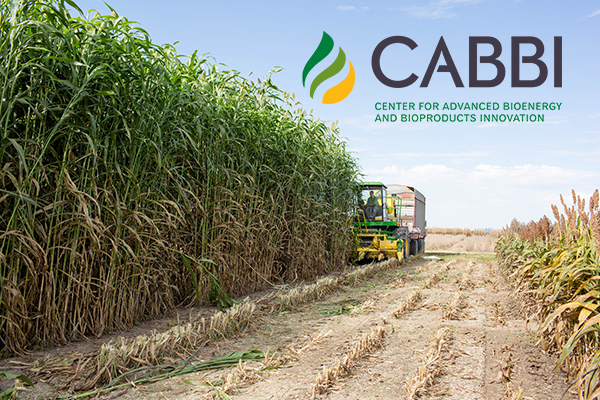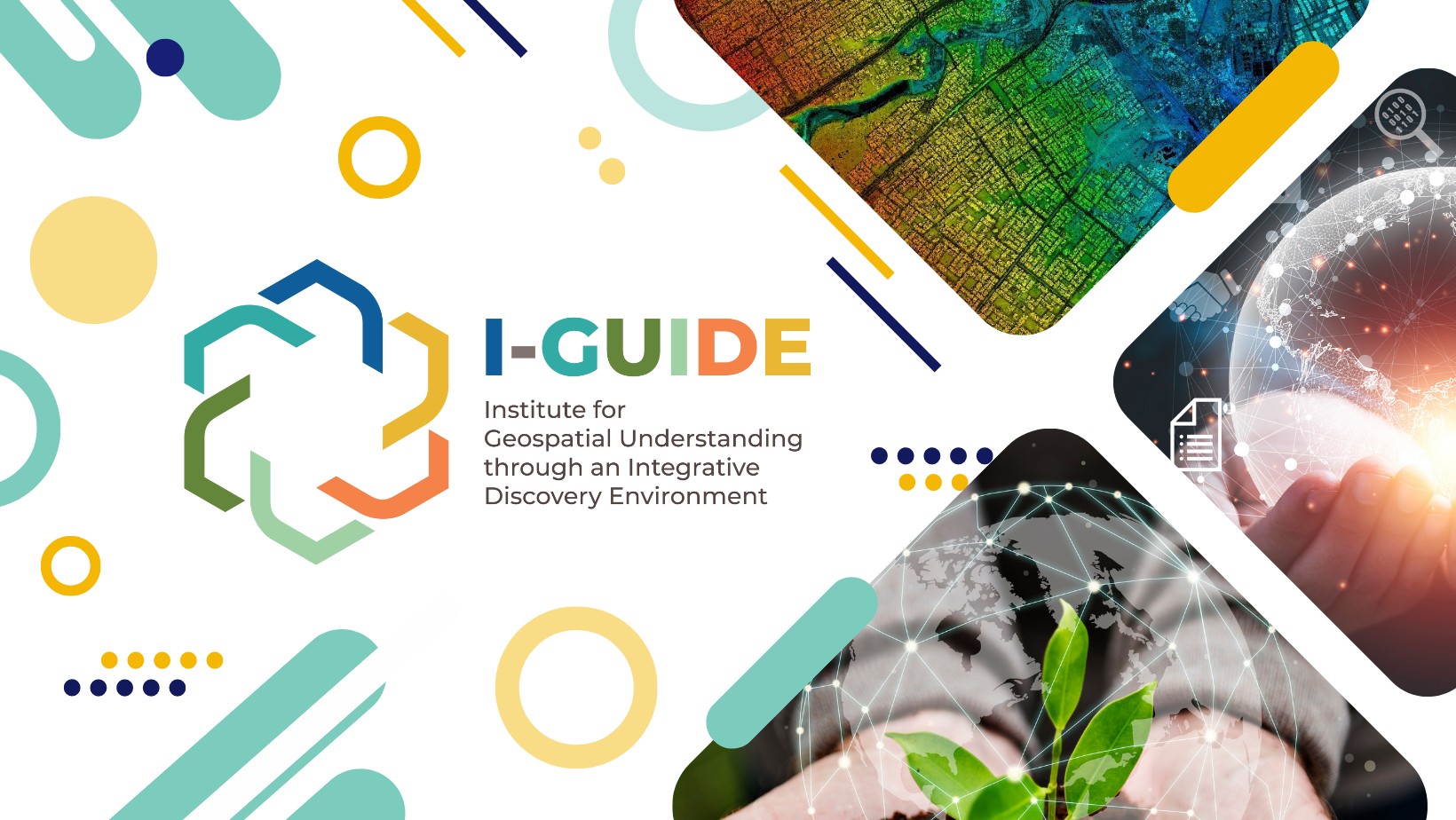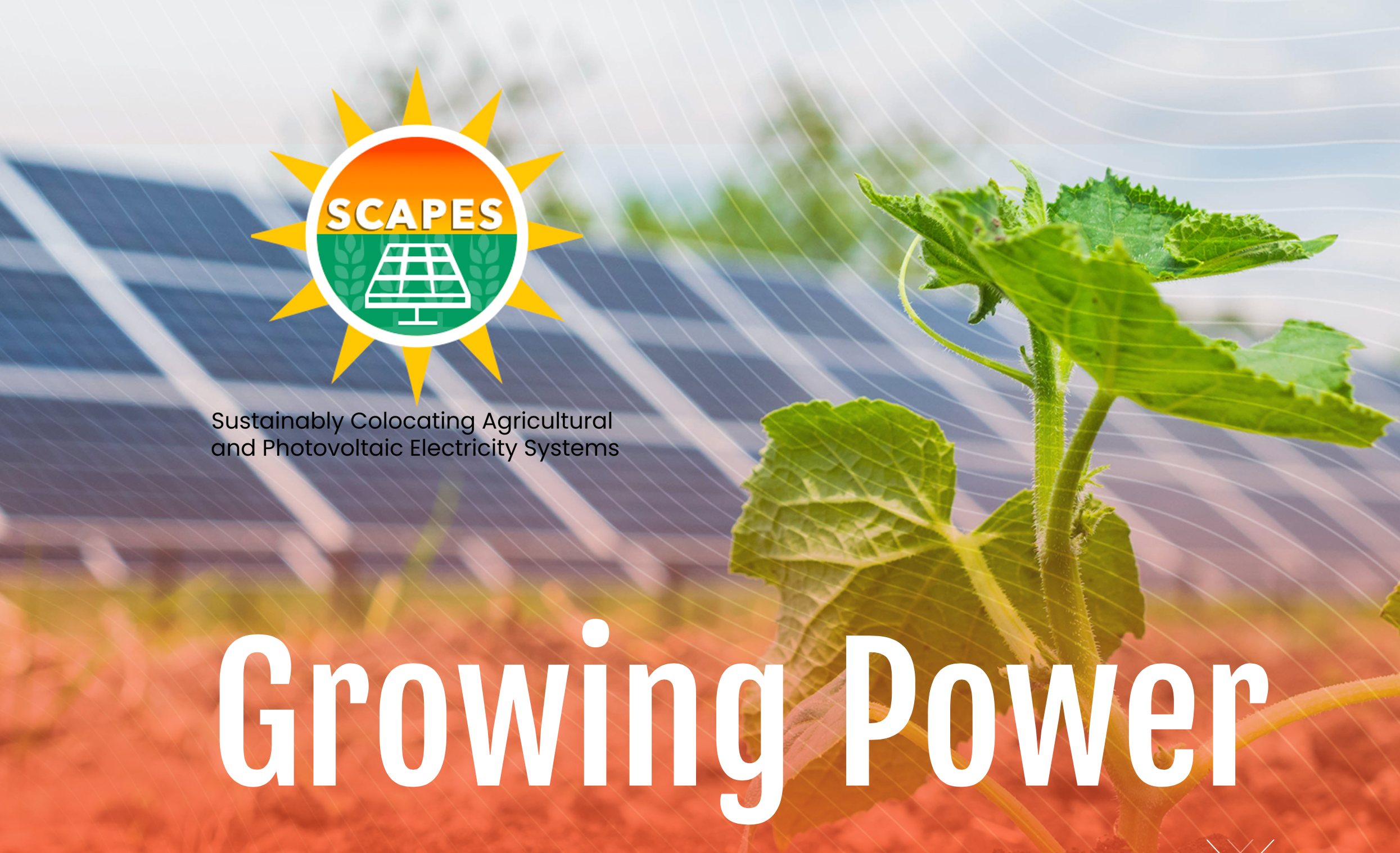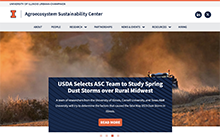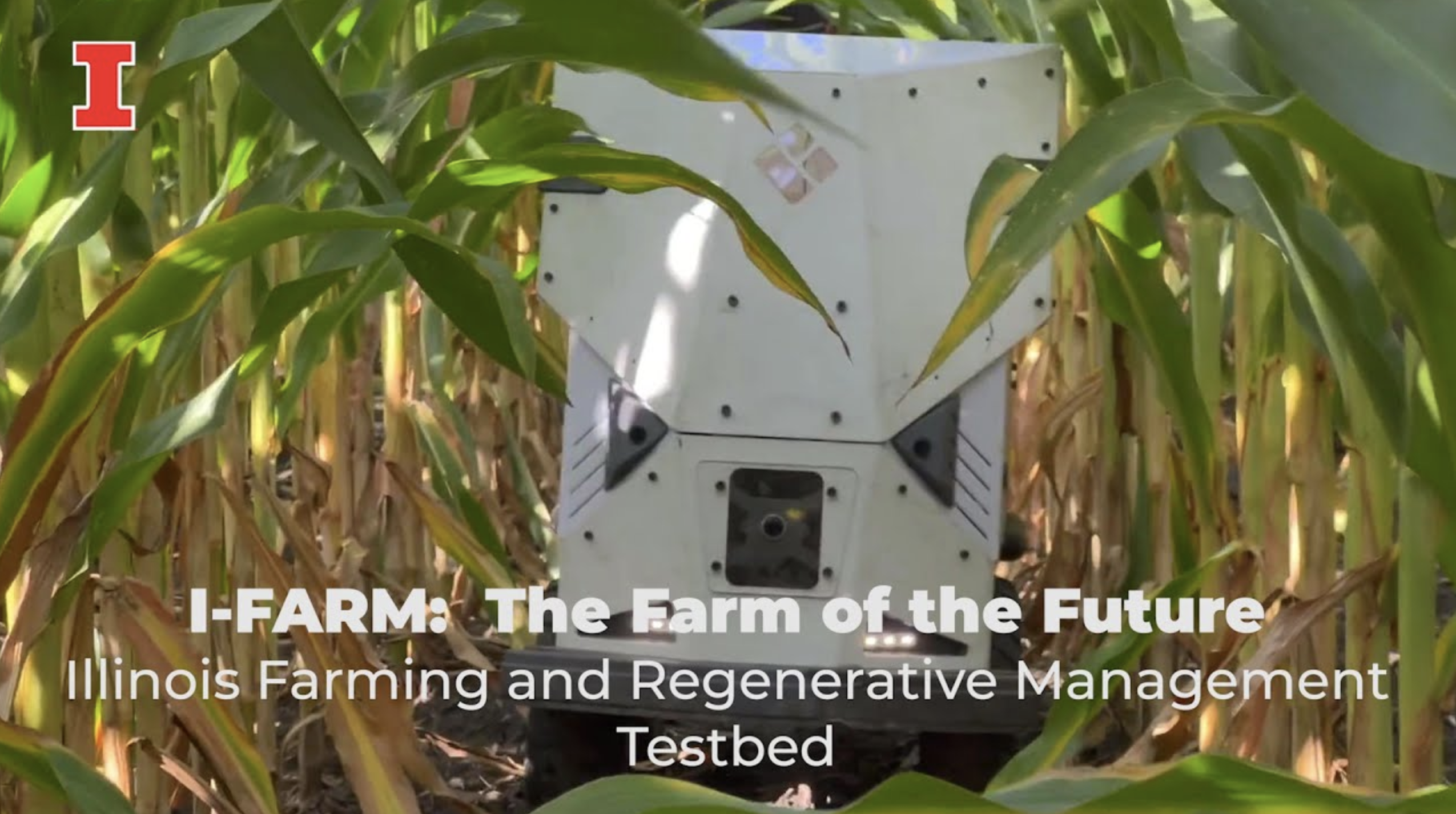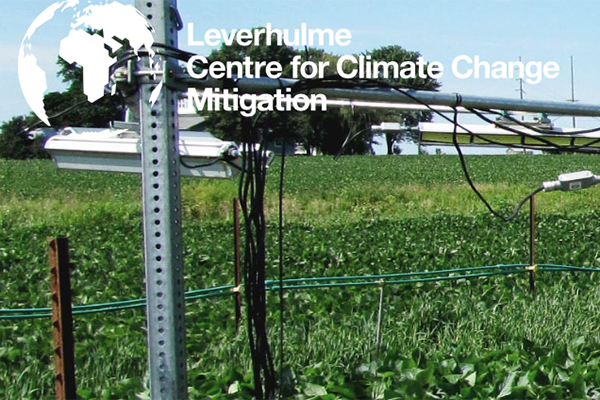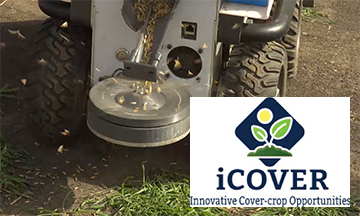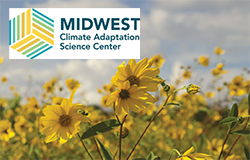Research Menu
Climate Solutions Research
Energy Transitions Research
Secure & Sustainable Ag Research
Sustainable Infrastructure Research
Water & Land Stewardship Research
Actionable Research
Our research requires interdisciplinary collaboration, bringing the brightest of the bright together to solve the world’s current and future problems. We call it “actionable research” — that is, scientific progress toward real-world solutions that can have an immediate and/or lasting impact on the world we live in.
iSEE-Affiliated Centers & Large-Scale Projects
Monthly Research Newsletters
Links here
- September 2024 >>>
- August 2024 >>>
- July 2024 >>>
- June 2024 >>>
- May 2024 >>>
- April 2024 >>>
- March 2024 >>>
- February 2024 >>>
- January 2024 >>>
- December 2023 >>>
- November 2023 >>>
- October 2023 >>>
- September 2023 >>>
- August 2023 >>>
- July 2023 >>>
- June 2023 >>>
- May 2023 >>>
- April 2023 >>>
- March 2023 >>>
- February 2023 >>>
- January 2023 >>>
- December 2022 >>>
- November 2022 >>>
- October 2022 >>>
- September 2022 >>>
Check out our research video playlist!
iSEE has compiled dozens of videos highlighting some of its research programs. View them on YouTube >>>
Two samples from 2024:
Illinois Research Scholars
The Institute is committed to showcasing the numerous research strengths that can be found on the Illinois campus that relate to sustainability, energy, and the environment. Thus far, iSEE has coalesced the Water Scholars, the Energy Scholars, the Global Climate Change Scholars and the Sustainable Agriculture Scholars on campus to showcase the breadth and depth of expertise on campus — and to make it easier for researchers and funding organizations to bring together major research teams and centers.
iSEE’s Research Themes
The Institute for Sustainability, Energy, and Environment (iSEE) seed-funds, secures multimillion-dollar external grants, and shepherds projects, centers, and initiatives in five distinct themes:
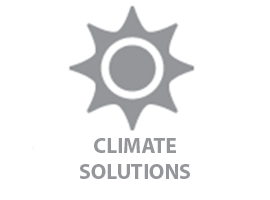 From changes in precipitation and storm activity to increases in ocean temperatures and sea levels, the indicators of climate change are all around us — with dramatic impacts on human health, our ecosystems, and society. These impacts pose even greater risks for agriculture, food and water supplies in developing nations — projected to experience the largest percentage of the world’s growth from now until 2100. These threats could quickly erase recent gains in the fight against poverty, hunger and disease.
From changes in precipitation and storm activity to increases in ocean temperatures and sea levels, the indicators of climate change are all around us — with dramatic impacts on human health, our ecosystems, and society. These impacts pose even greater risks for agriculture, food and water supplies in developing nations — projected to experience the largest percentage of the world’s growth from now until 2100. These threats could quickly erase recent gains in the fight against poverty, hunger and disease.
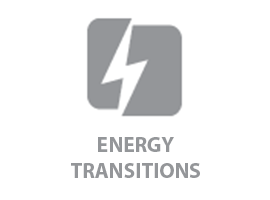 Energy, a vital part of the world economy, is needed in ever-increasing amounts to sustain economic growth, raise living standards and reduce poverty. As the world’s population grows and economies become more industrialized, nonrenewable energy sources will become scarcer and costlier. In fact, some reports caution that the world will need 40% more energy by 2030. That energy will need to be found in renewable sources — quickly and with reliability.
Energy, a vital part of the world economy, is needed in ever-increasing amounts to sustain economic growth, raise living standards and reduce poverty. As the world’s population grows and economies become more industrialized, nonrenewable energy sources will become scarcer and costlier. In fact, some reports caution that the world will need 40% more energy by 2030. That energy will need to be found in renewable sources — quickly and with reliability.
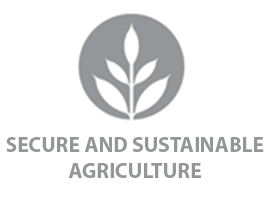 With growing populations and higher demand for food, the impact of climate change could result in an increase of 20% of the world’s people at risk of chronic hunger, according to the World Health Organization. The gap between agricultural production and demand can be closed by expanding farming to currently marginal or unused land, substituting new types of crops, and adopting new technologies — particularly in developing nations affected by large rainfall variations and reduced water availability.
With growing populations and higher demand for food, the impact of climate change could result in an increase of 20% of the world’s people at risk of chronic hunger, according to the World Health Organization. The gap between agricultural production and demand can be closed by expanding farming to currently marginal or unused land, substituting new types of crops, and adopting new technologies — particularly in developing nations affected by large rainfall variations and reduced water availability.
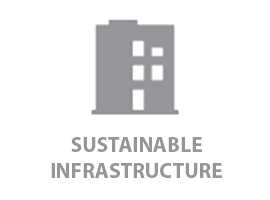 In less than a century, the U.S. has experienced a major societal transition from designing and building urban environments and the associated pathways between destinations to maintaining the operational infrastructure of communities. From massive repairs of aging systems for water, sanitation and more, to developing new improvements to preserve natural resources, it’s imperative that we harness technology and public policy across engineering and urban planning disciplines to create sustainable solutions.
In less than a century, the U.S. has experienced a major societal transition from designing and building urban environments and the associated pathways between destinations to maintaining the operational infrastructure of communities. From massive repairs of aging systems for water, sanitation and more, to developing new improvements to preserve natural resources, it’s imperative that we harness technology and public policy across engineering and urban planning disciplines to create sustainable solutions.
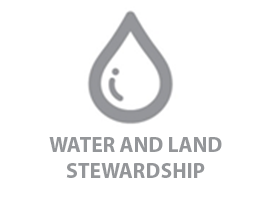 Natural resources — fresh water, clean air, forests, grasslands, and marine assets — provide not only sustenance for humans and wildlife, but also a foundation for social and economic development. Degradation and loss of natural assets is a major threat to 85% of all species, according to the International Union for Conservation of Nature’s Red List. What’s more, pollution is causing debilitating mutations to fish and animals while imposing unsafe levels of toxins to our food supply.
Natural resources — fresh water, clean air, forests, grasslands, and marine assets — provide not only sustenance for humans and wildlife, but also a foundation for social and economic development. Degradation and loss of natural assets is a major threat to 85% of all species, according to the International Union for Conservation of Nature’s Red List. What’s more, pollution is causing debilitating mutations to fish and animals while imposing unsafe levels of toxins to our food supply.
Research Seed Funding Programs
Each year, iSEE offers up to $30,000 in seed funding — or two-year, $50,000 planning and visioning funding — per project for research initiatives that specifically target major grant opportunities at external agencies. The call for proposals occurs in the Fall semester; awards are announced in the Spring semester.
This interdisciplinary initiative is for cross-campus teams of faculty looking to develop exploratory research ideas. These may involve multiple disciplines and departments in any of the five thematic areas of interest to iSEE (see above); collect preliminary data or other information to develop a research project; and prepare and submit research proposals for external funding.
Read about the program and the 2021-2024 seed-funded projects >>>
Read about the Spring 2020 seed-funded projects >>>
Read about the Spring 2019 seed-funded projects >>>
Additionally, the Campus as a Living Lab program is designed to link campus sustainability targets to national and global sustainability, energy, and environment challenges. When a specific call for proposals from a national agency is posted, iSEE will provide quick seed money or other support for faculty-led teams that will engage with sustainability issues on campus or in neighborhood communities in their proposal development. Specifically, iSEE wants to leverage this seed money to attract external funds that are relevant to objectives from the Illinois Climate Action Plan (iCAP).
EARLIER SEED FUNDING
In July 2015, the Institute awarded a total of more than $1.2 million for four projects:
- Stormwater and Mosquito Control project
- Critical Infrastructure and Transportation project
- Oil Pollution Treatment with the Nano CarboScavenger project
- Crops in silico (Cis) project
In June 2014, iSEE awarded a total of more than $1 million for three projects:
A note about all iSEE seed funding: Research will take place in the PI’s home department, and indirect costs generated from subsequent proposals derived from the seed grant are expected to track back to the PI’s home department as stipulated by the new ICR model.
